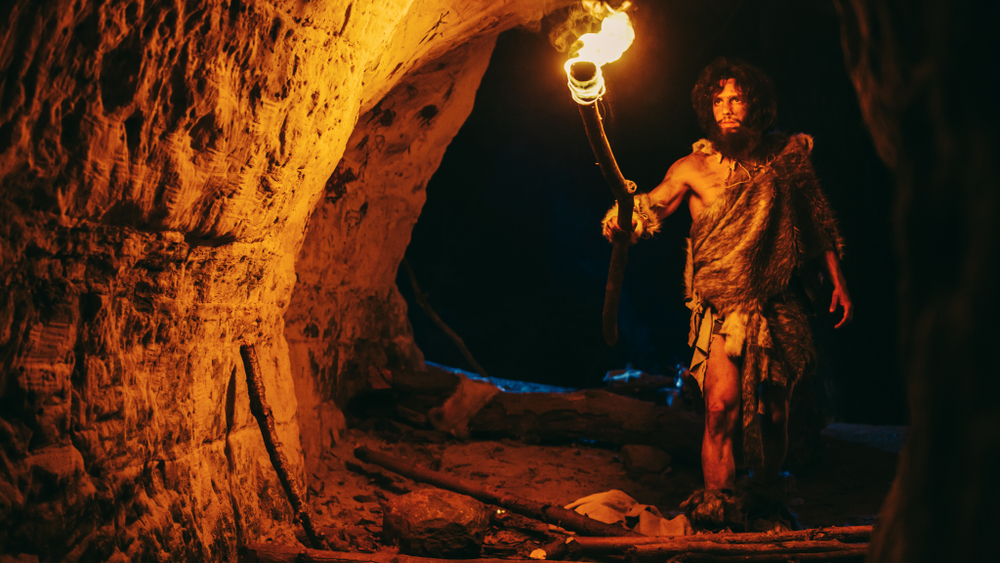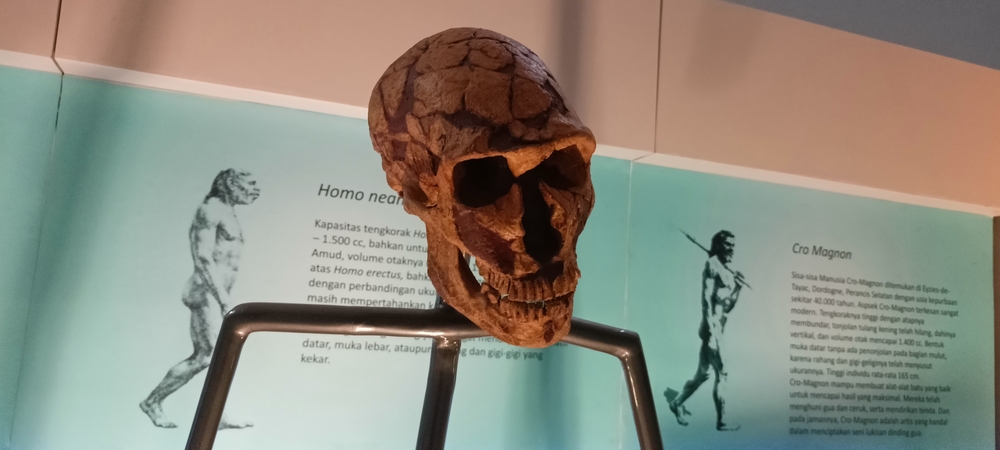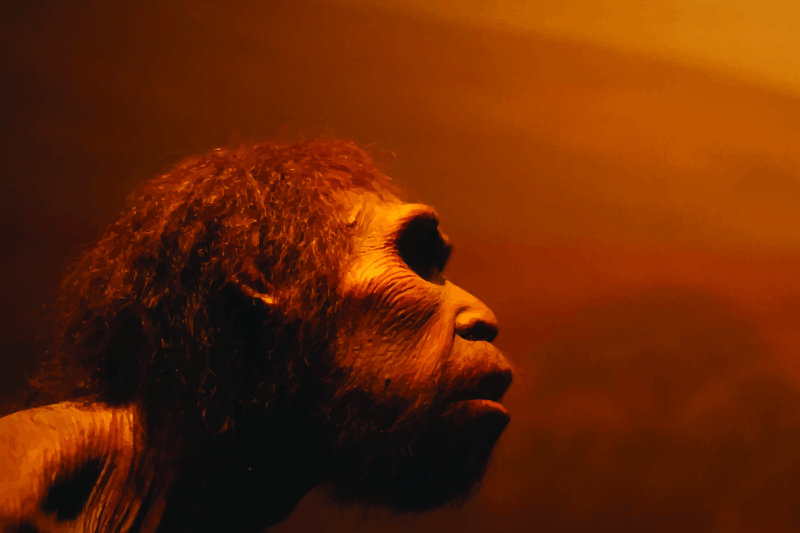Scientists uncovered bone fragments from an ancient child in a Siberian cave estimated to be around ninety thousand years old. Analysis revealed that the girl’s mother was a Neanderthal while her father was a Denisovan. This discovery is the earliest direct evidence of a hybrid between these two extinct human groups. It confirms that Neanderthals and Denisovans not only coexisted in parts of Eurasia but also produced offspring together. The genetic mix in this child provides key insights into how different human lineages interacted in the past.
A Child From Lagar Velho Blended Human and Neanderthal Traits
In central Portugal the nearly complete skeleton of a child found in a rock shelter showed a unique mix of human and Neanderthal anatomical features. Dating placed the remains between 27 700 and 28 600 years old. The skull and jaw displayed certain Neanderthal-like shapes while the body proportions were closer to those of modern humans. This combination strongly suggests that humans and Neanderthals interbred in western Europe. The finding demonstrates that even after tens of thousands of years of separate evolution these groups were still capable of producing viable offspring.
Skhul Cave Skull Reexamined as Possible Hybrid

A child’s skull discovered almost a century ago in Skhul Cave in Israel has been reexamined using modern scanning techniques. The braincase shape closely resembles that of early modern humans yet the lower jaw shows a robust form more typical of Neanderthals. The mixture of traits has led some researchers to suggest this individual was a hybrid. However not all experts agree and point out that human variation at the time was wide DNA testing would be the most definitive way to confirm mixed ancestry but preserved genetic material may be difficult to obtain from a specimen of this age.
A Tooth in Laos Points to Denisovan Presence
In a cave in Laos scientists found a single tooth belonging to a child who lived between 164 000 and 131 000 years ago. The size and internal structure of the tooth match what is known from Denisovan fossils previously found in Siberia. If confirmed this would be the first physical evidence of Denisovans in Southeast Asia. This would extend their known range by thousands of kilometers suggesting they were far more widespread than originally believed. Such a finding would also help explain how Denisovan DNA appears in the genetic makeup of modern populations in this region.
A Southern African Jaw Suggests a New Paranthropus Relative

A fossil jaw unearthed from a cave in southern Africa and dated to about 1.4 million years ago may represent a previously unknown species within the Paranthropus genus. The jaw’s size and proportions differ from known specimens making it more slender than other members of this group. Paranthropus species are known for their large jaws and powerful chewing muscles so this variation points to unexpected diversity in the lineage. The discovery could reshape understanding of early hominin adaptation in Africa showing that multiple related species lived side by side with distinct ecological roles.
Migration Routes That Could Have Brought These Groups Together
The existence of hybrid individuals and distant fossil finds suggests that ancient human groups moved across much larger territories than once thought. Neanderthals are believed to have ranged across Europe and western Asia while Denisovans occupied a broad area from Siberia into Southeast Asia. Contact zones where their territories overlapped would have been natural meeting points for interbreeding. Seasonal migration patterns hunting routes and climate shifts could have brought these populations together multiple times over thousands of years. Such repeated contact would explain the blending of traits seen in fossils from widely separated regions.
The Broader Implications

Taken together these discoveries reveal that human evolution was far more complex than a straight line of progression. Evidence now shows repeated contact and genetic exchange between different hominin groups. Hybrid individuals were not rare exceptions but part of a broader pattern of interaction. These findings challenge earlier ideas that species remained strictly separate and suggest that adaptability and genetic diversity played major roles in survival Each new fossil has the potential to rewrite sections of our evolutionary history showing that the family tree of humankind is filled with unexpected branches and shared roots
Read More: Scientists Resurrect a 140-Million-Year-Old Gene in Mutant Fruit Flies
Disclaimer: This article was created with AI assistance and edited by a human for accuracy and clarity.

